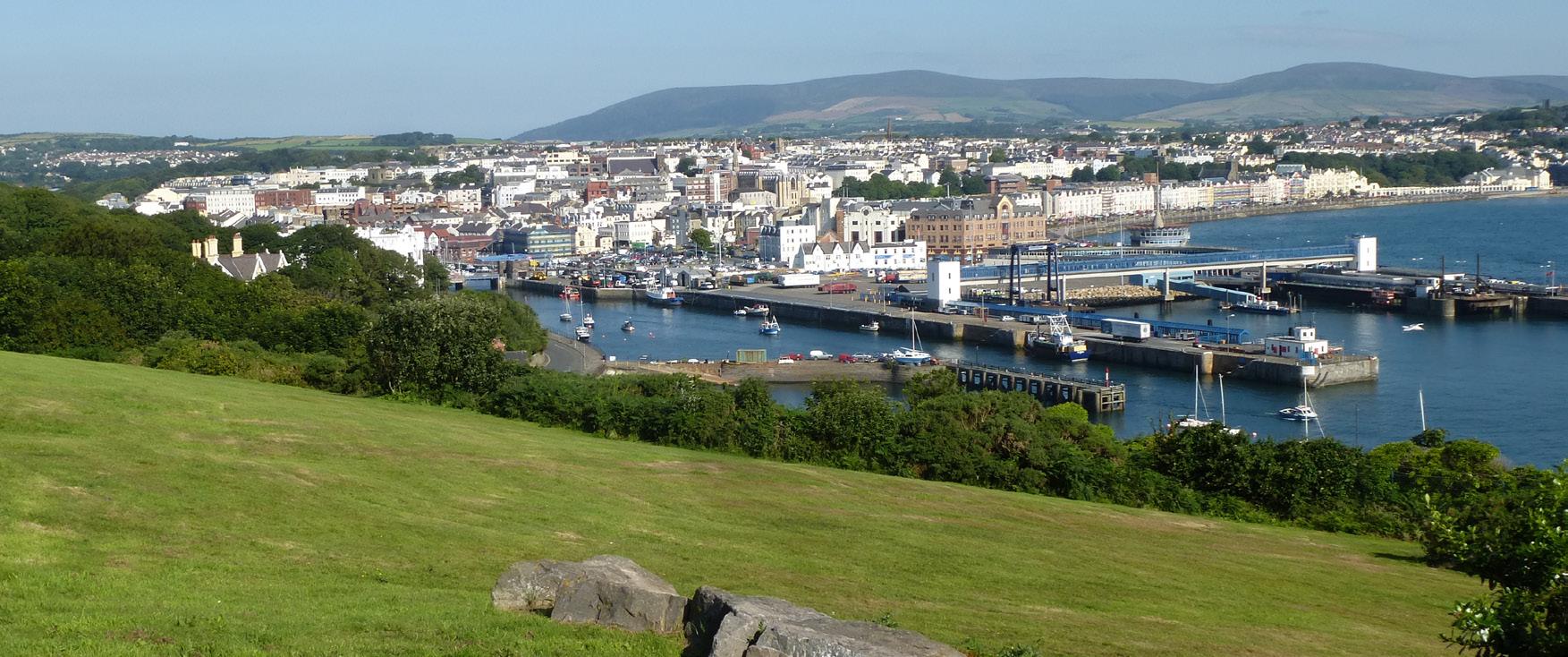
2 minute read
The Crooked House of Windsor
by Samantha Priestley
The Crooked House of Windsor, also known as the Market Cross House, or Market House, is a historic building located next door to the Guild Hall on the High Street in the centre of Windsor. Its origins date back to the late 16th century, and its crooked appearance is a result of the timber frame construction methods common during that time.
Advertisement
Constructed around 1592, the Crooked House initially served as a market hall and was built on wooden stilts above the ground. Its distinctive leaning appearance is believed to have developed gradually over the centuries due to the settling of its timber frame structure and the uneven ground beneath it.
The building’s crookedness has made it a popular tourist attraction and a symbol of Windsor’s quaint charm. The Crooked House’s historical significance lies not only in its unique architecture but also in its connection to Windsor Castle. Beneath the streets of Windsor lie a network of tunnels, some of which are rumoured to connect the Crooked House to Windsor Castle.
→ The unique slanted appearance of The Crooked House has led to it becoming a major landmark
The tunnels beneath Windsor Castle have been the subject of much speculation and intrigue over the years. While some of these tunnels are known to have been used for practical purposes such as transporting goods and providing access to the castle during times of siege, others have been shrouded in mystery and legend.
According to local lore, some of these tunnels are said to lead directly from the Crooked House straight to Windsor Castle, providing secret passageways for royals and their associates to move discreetly between the two locations. These rumours have captured the imagination of visitors and historians alike, although concrete evidence of such tunnels remains elusive.
One theory suggests that the tunnels connecting the Crooked House to Windsor Castle were used by members of the royal court to conduct illicit affairs or to escape in times of danger. Another theory posits that they served as clandestine routes for spies and messengers to relay information between the castle and the outside world.

While there is no conclusive proof of the existence of these tunnels, there have been occasional discoveries that lend credence to the idea. In 2011, renovations at Windsor Castle unearthed a previously unknown network of tunnels and chambers dating back centuries. Although these findings did not directly confirm the existence of tunnels leading to the Crooked House, they did add to the mystery surrounding Windsor’s subterranean passages. Despite the lack of definitive evidence, the legend of the tunnels linking the Crooked House to Windsor Castle persists, adding to the allure of both landmarks.

Whether they are simply the product of myth and imagination or based in historical fact, the stories of these underground passages continue to fascinate visitors to Windsor and serve as a reminder of the town’s rich and intriguing history, hence the Crooked House of Windsor stands as a testament to the town’s architectural heritage, while the legends of its tunnels to Windsor Castle add an extra layer of intrigue to its storied past. Whether fact or fiction, the tales of these underground passages capture the imagination and keep alive the sense of mystery that surrounds Windsor’s historic landmarks.










